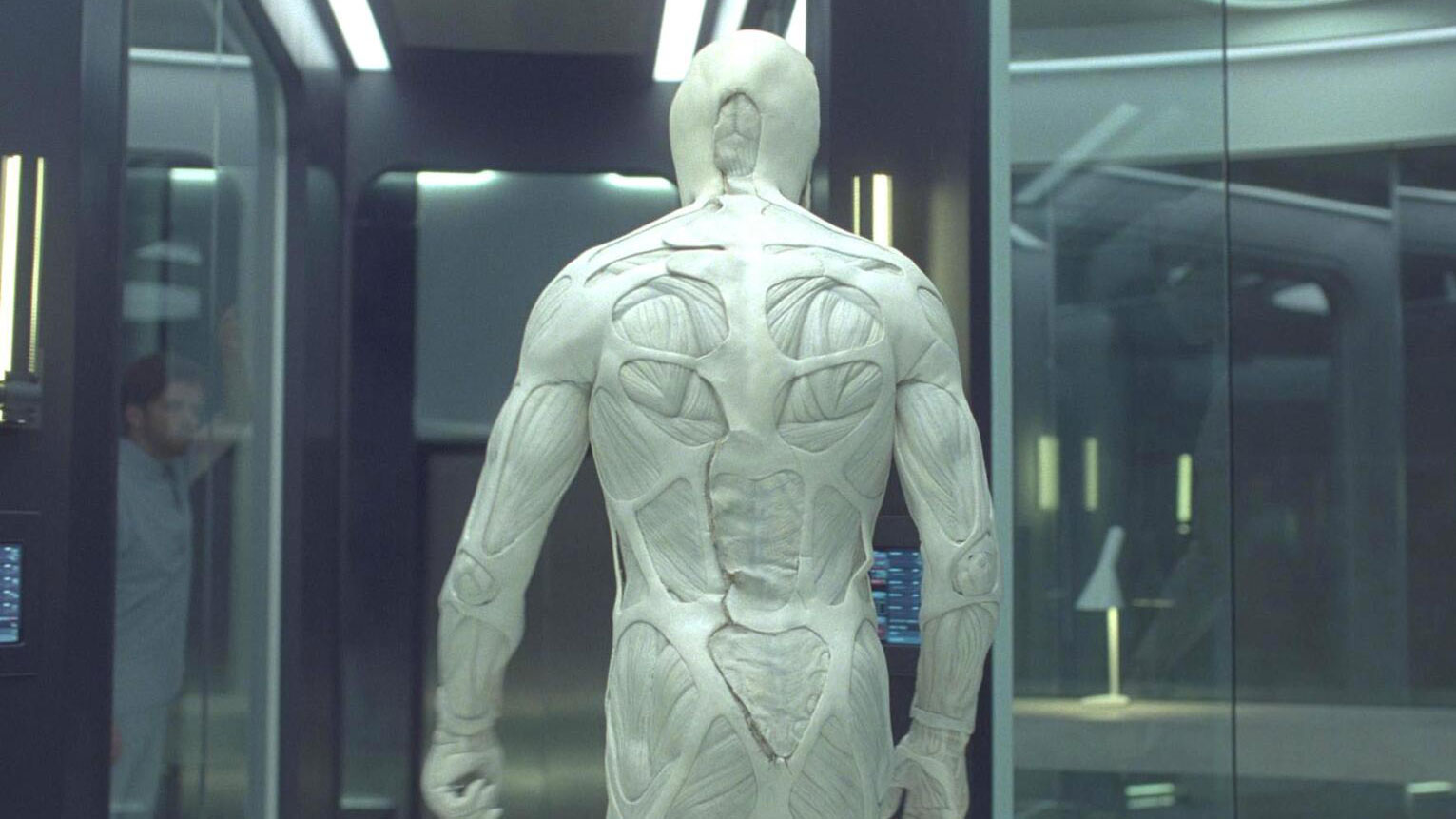
You may have watched hit series Westworld, but did you ever wonder how it was made? VFX and post studio Futureworks worked on seasons three and four of the dystopian sci-fi Western series. They created over 600 shots in total across both seasons, including compositing, CG and clean up.
We caught up with Gouri Shankar, VFX supervisor at Futureworks to find out more about the team's process. For more insight into creative processes, read our How we made series.
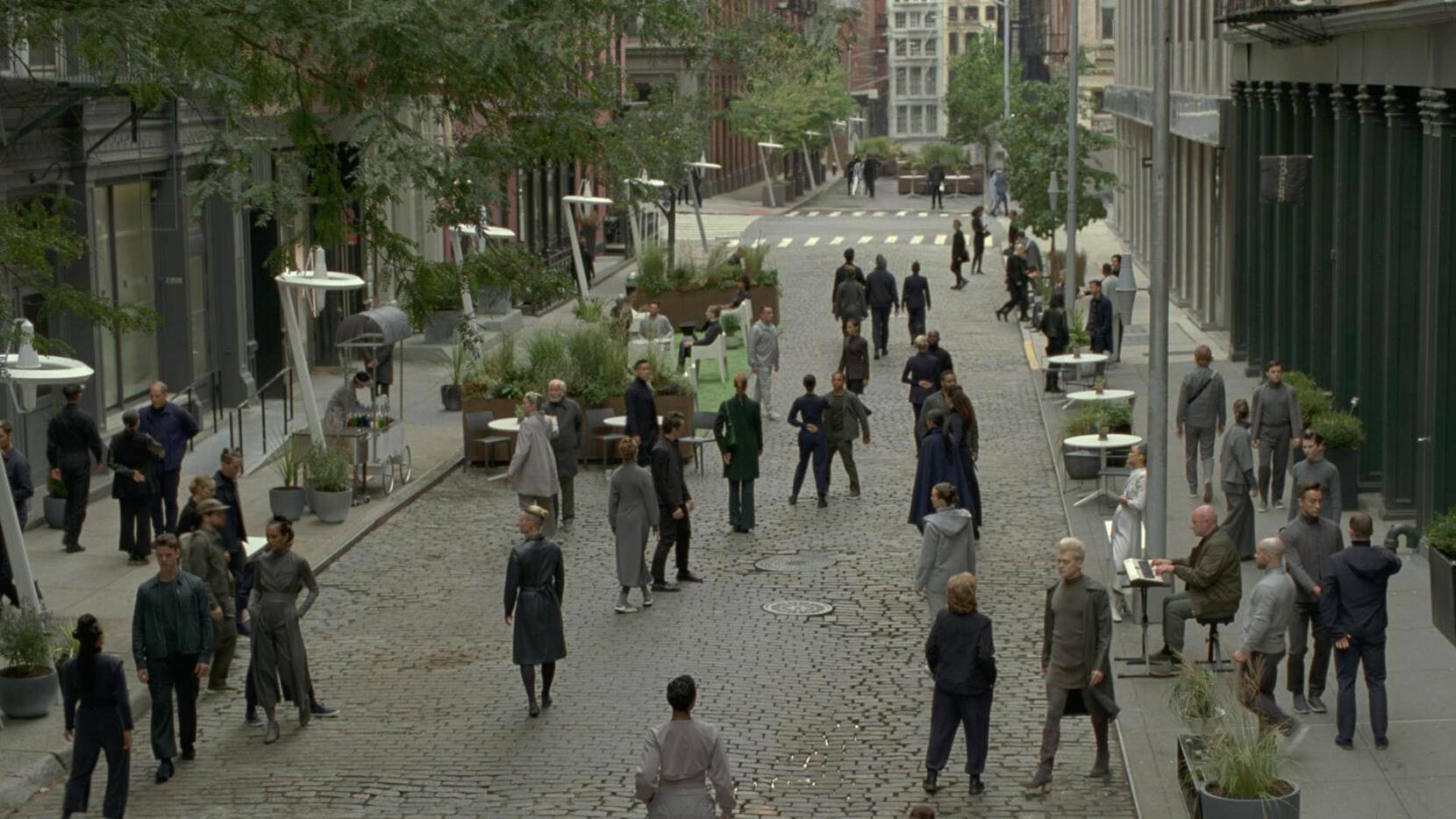
What was the creative process?
Early collaboration on the project was key. The VFX supervisor Jay Worth got us involved with the concept development early on, as this was pivotal in ensuring that the VFX work we completed was cohesive with both the overall visual narrative and continuation of the series into its third and fourth seasons.
I think Jay was impressed with our work on season three, as the scope expanded significantly in season four. We grew to a team of 45 on the project at FutureWorks, working on a total of 550 shots for the final season alone.
Some of the key shots we worked on included the dehumanisation of the drone hosts, the enhancement of the cryo chamber shots, creating multiple plates on Caleb’s character to replicate previous versions of him during his escape from Delos Headquarters in episode four, and creating the ‘perfect world’ environment in episode five.
How did you work together on the project?
As mentioned, there were a team of 45 of us alone working on season four at FutureWorks. We fed into Jay, who was the VFX Supervisor for the series. Within the FutureWorks team we had: 12 CG artists, 15 compositors and 20 prep and MattPaint artists.
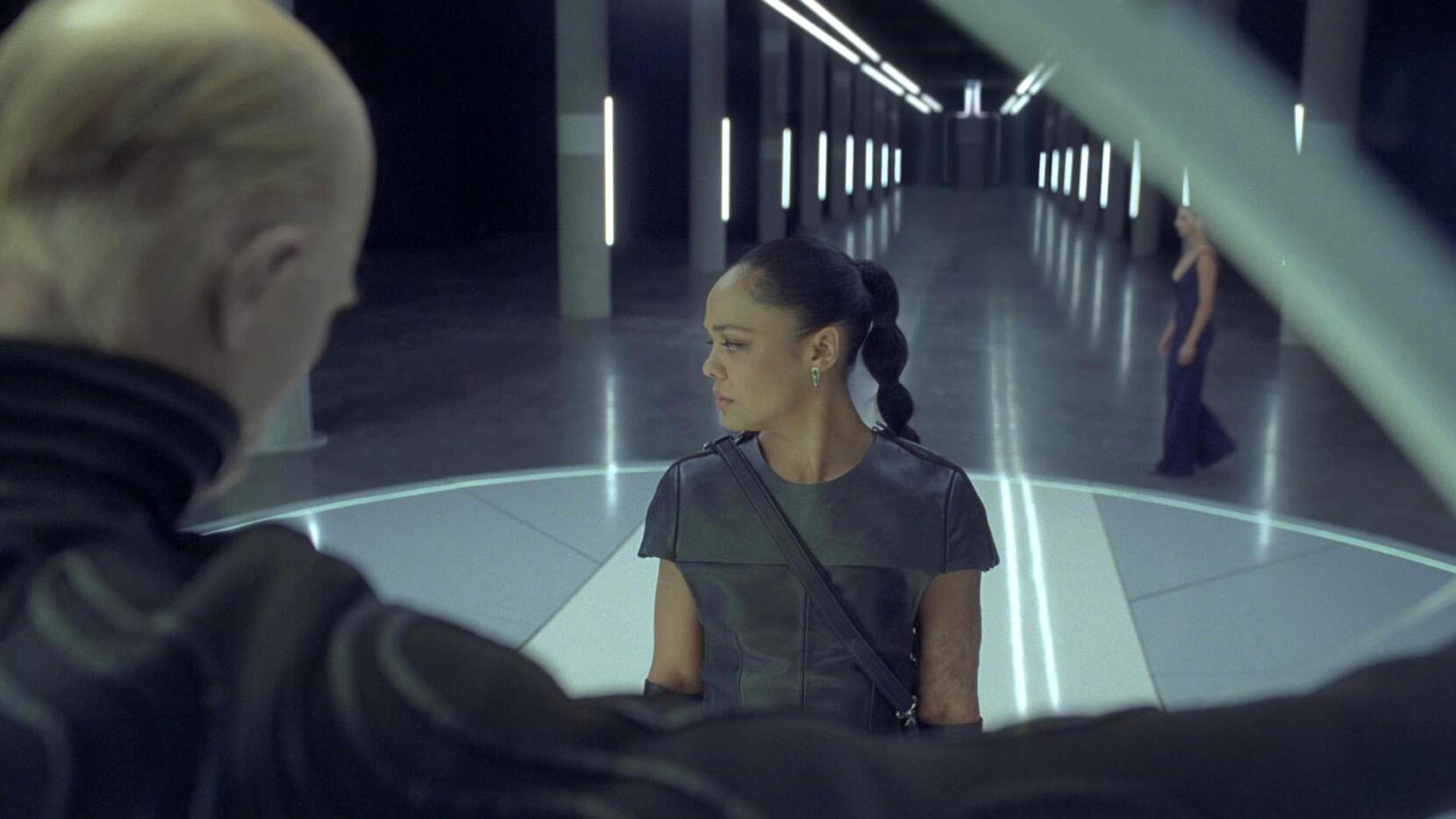
What inspired you?
Referring back to previous projects we’d worked on, such as The Peripheral. The delivery of high quality, cinematic visuals was critical, and the VFX we completed for The Peripheral was a solid benchmark for reference. We’d worked with VFX Supervisor Jay Worth across both Westworld and The Peripheral, so we had a good understanding of his working style and an already established rapport.
How did you ensure your graphics were in the right style for the series?
When it came to season four, we already had the experience from season three, so we had a good idea of the quality of the creatives that were required. Likewise, we’ve had a longstanding relationship with Jay having collaborated with him on MacGyver (2016) and Debris (2021). His vision has always been very clear and that comes down to communication and a solid brief.
We were tasked with delivering across the full VFX spectrum for series four, including the development of the visual narrative, full CG shots and clean up. A team of 45 of us worked on 550 shots across season four at FutureWorks – so the resource and ability to deliver on the brief was certainly there!
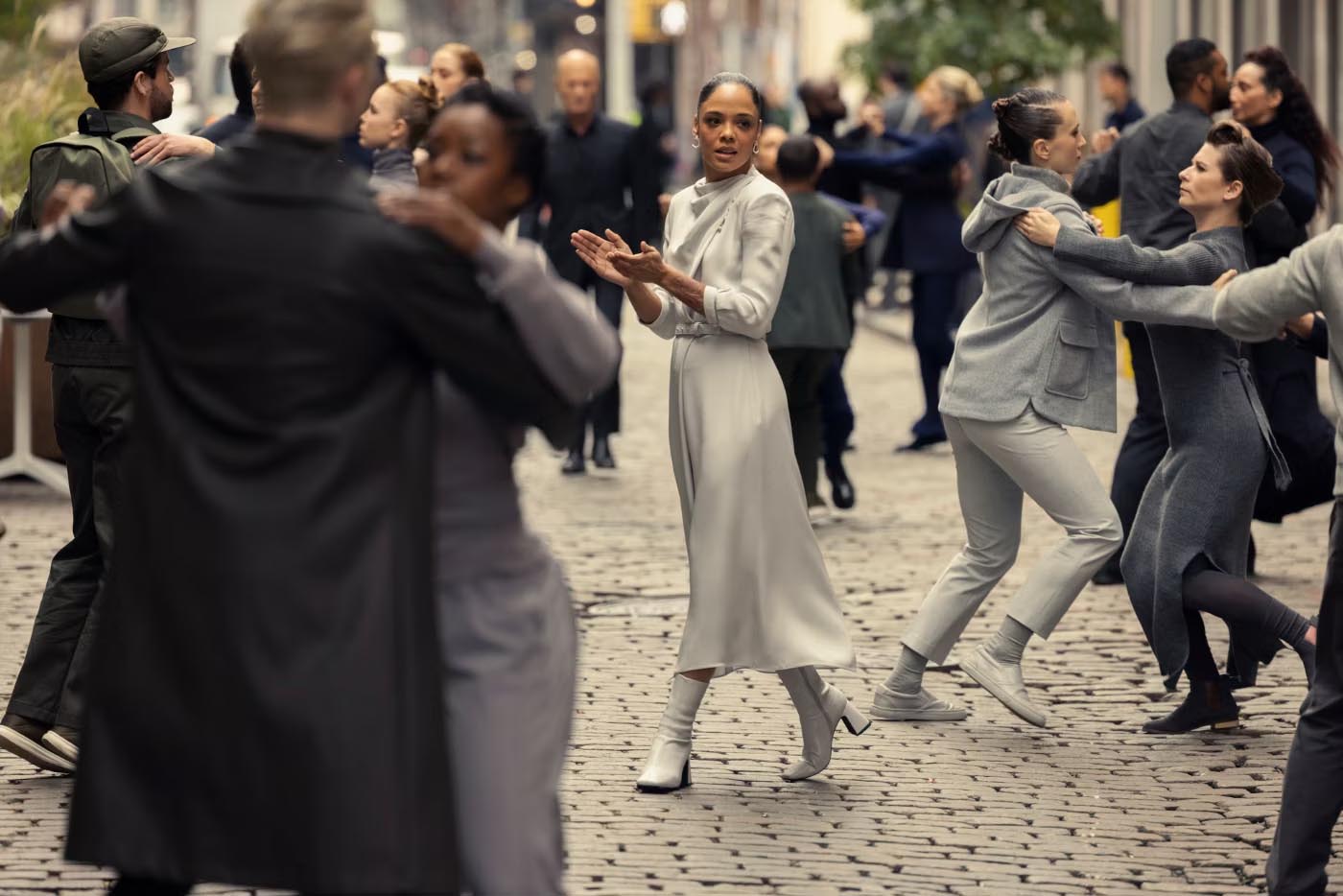
Tell us about a key scene you worked on
There were many across both seasons, but one shot that stays with me is in four where the hourglass breaks. We had to ensure there was continuity in the following shots and the challenge was to make the break and sand leak as realistic as possible. It took some time and finessing to simulate this but Houdini dynamics really helped to make adjustments in the composite.
What challenges did you come across in the process?
Every scene that we worked on had a specific challenge, some big and some small.
The dance scene in episode five, season four was a particularly challenging task, as we were required to blend a large scene in 2.5D projections on a layout. We resolved this by integrating the 2D and 3D teams, ensuring they were integrating all of the elements required for the sequence simultaneously. Communication and synergy was key here.
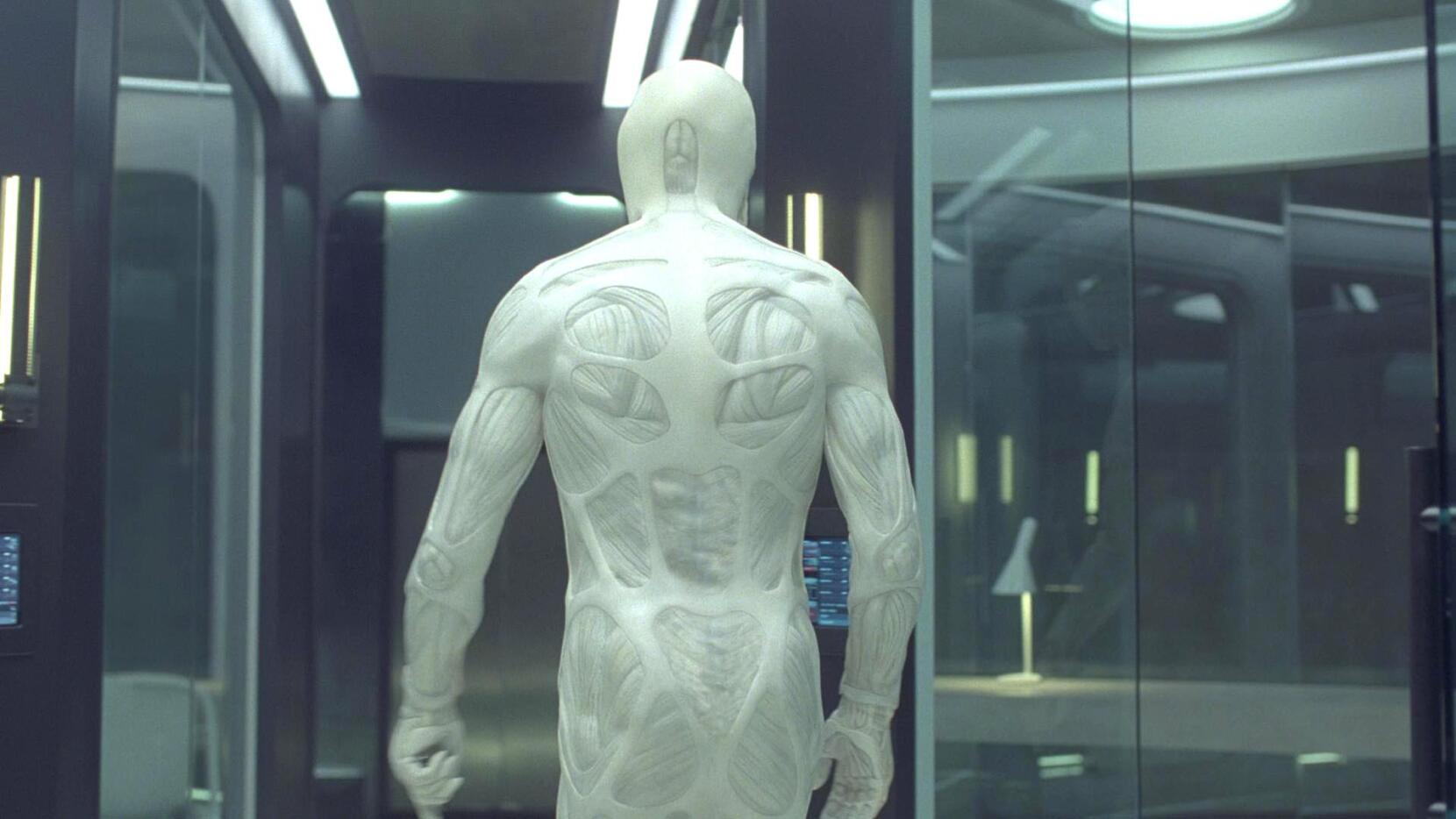
What's your favourite part of the finished work?
I don’t have a single favourite shot or scene, the experience of working on such a phenomenally successful series was the absolute highlight. When it comes to VFX, Westworld was at the pinnacle of innovation for post-production. It’s been a great example of the scale of VFX that FutureWorks can deliver on an international scale.

Which part of the process did you enjoy most?
Solving the challenges in the start of the show. We had many approaches for all of the challenges that came though, but trying to find the best one that suits the timeline and budget was very important when it came to striking a balance.
Find out more via FutureWorks or HBO.







